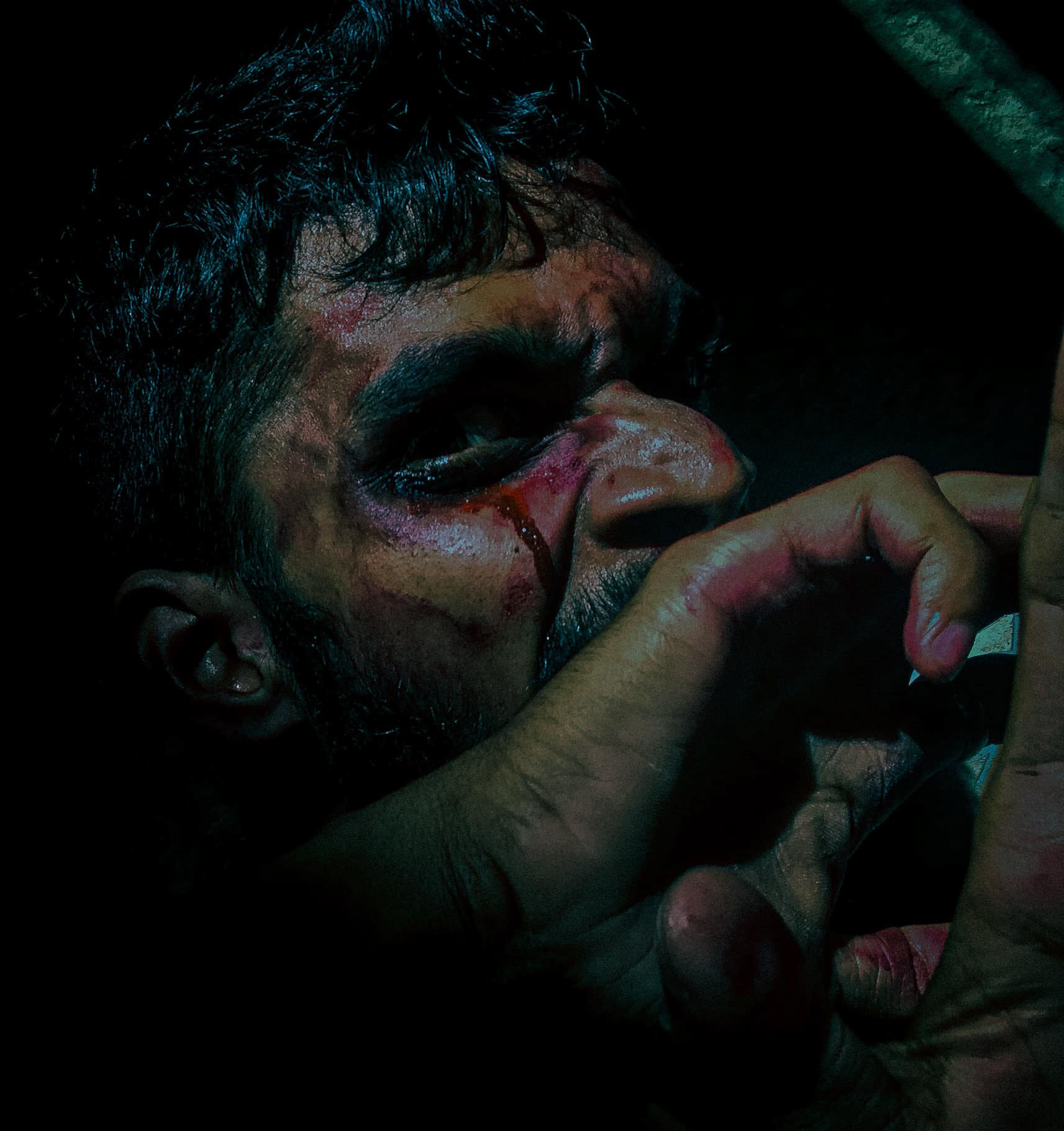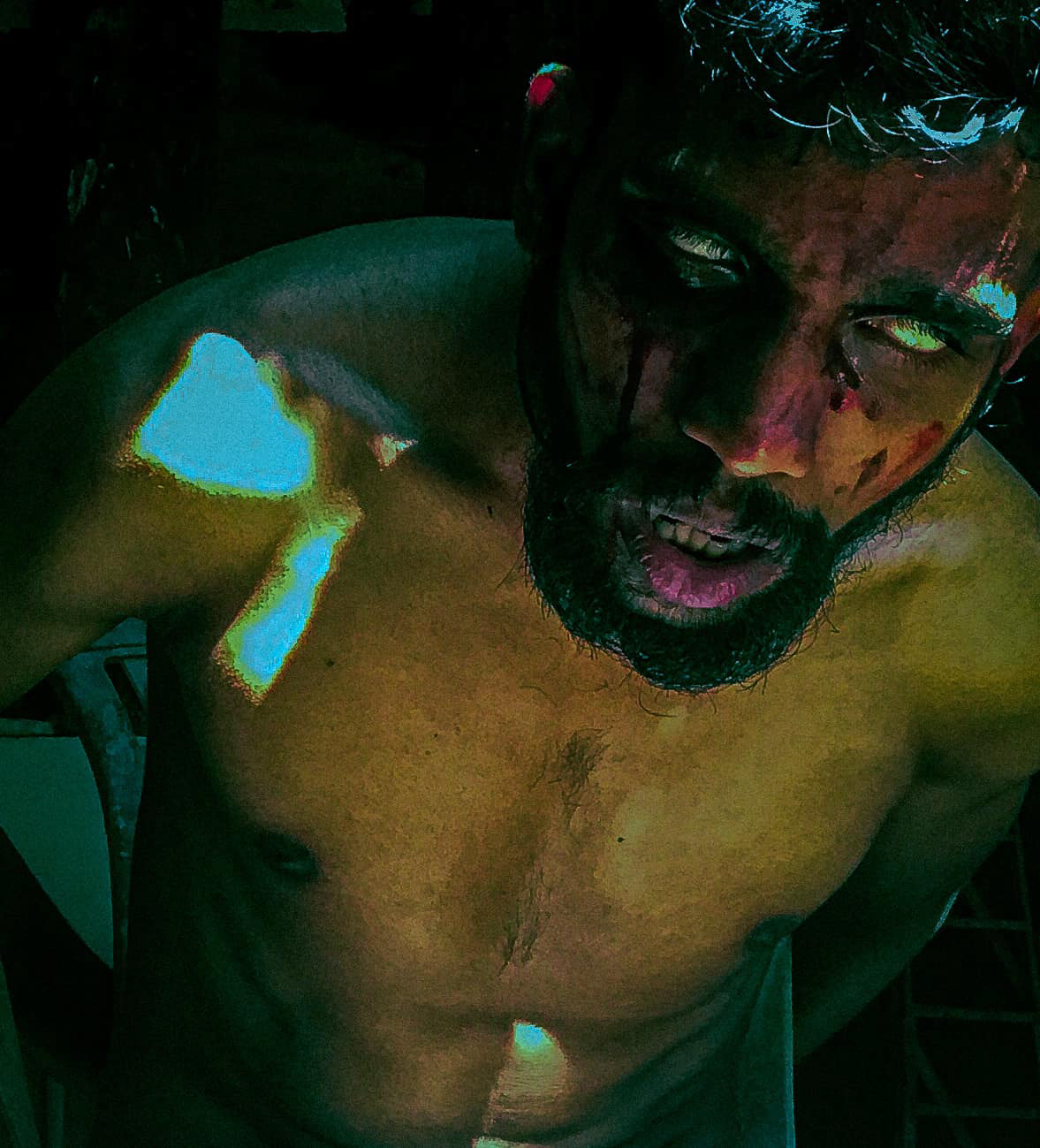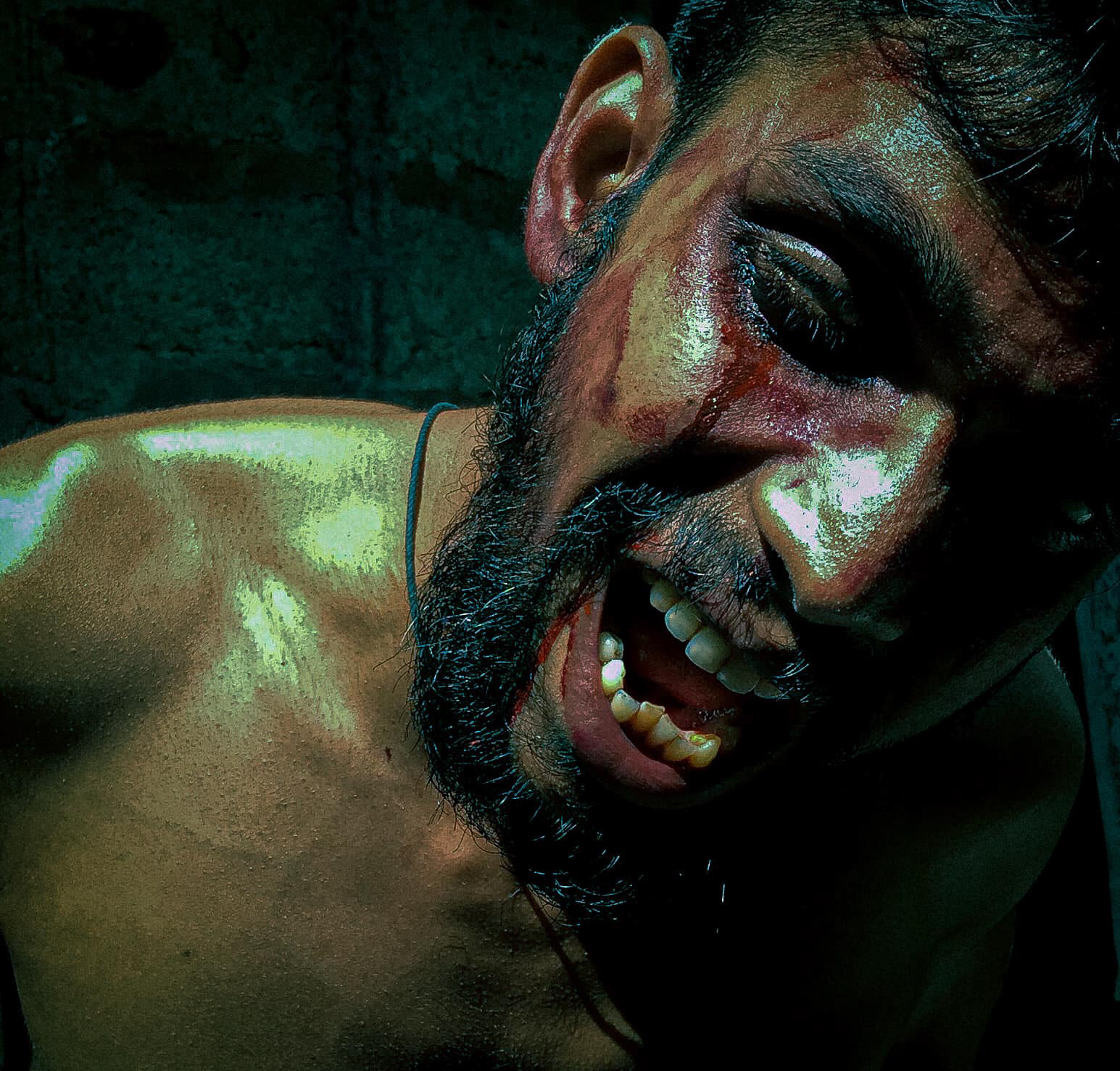
Criminal Violence in Sri Lankan History !
In this project, we are talking about a victim of violence who did not commit a crime. He was a person who had done many services for his society, but he finally had to die under cruel torture. This is the fate of journalists and university students who have done a mission in Sri Lanka
Colonial Period and Independence (1505-1948):
The Portuguese, Dutch, and British colonial periods were characterized by various forms of violence, including resistance from local populations.
The struggle for independence saw significant political activism and occasional violence.
Post-Independence Ethnic Tensions (1948-1983):
Following independence in 1948, tensions between the Sinhalese majority and Tamil minority escalated.
The 1956 Sinhala Only Act, which made Sinhala the sole official language, marginalized the Tamil-speaking population, leading to protests and violence.
The 1983 Black July riots were a significant turning point, with anti-Tamil pogroms leading to widespread violence and deaths.
Sri Lankan Civil War (1983-2009):
The civil war between the Sri Lankan government and the Liberation Tigers of Tamil Eelam (LTTE) was marked by extreme violence on both sides.
The conflict included terrorist attacks, suicide bombings, and military operations, resulting in tens of thousands of deaths and widespread human rights abuses.
The war ended in May 2009 with the defeat of the LTTE, but it left a legacy of trauma and unresolved grievances.
Post-War Period (2009-present):
The post-war period has seen occasional violence, including ethnic and religious tensions.
Notable incidents include the 2019 Easter Sunday bombings by Islamist extremists, targeting churches and hotels, resulting in over 250 deaths.
Continued reports of violence against minority communities and human rights abuses highlight ongoing issues in the country.














